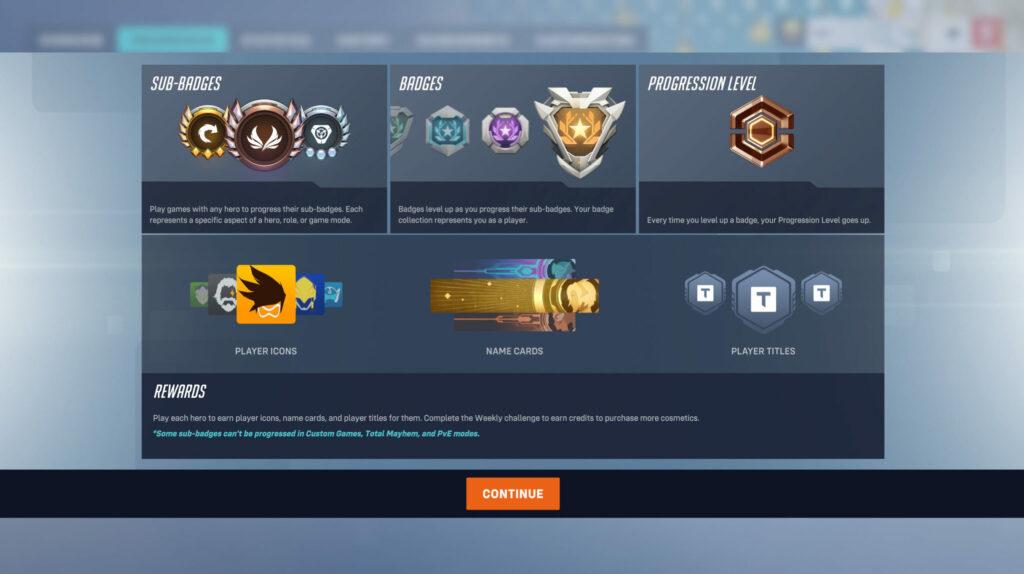Designing Player Progression Systems That Work
Creating a successful player progression system is essential for engaging and retaining players in any game. Whether you’re developing a mobile app, an MMORPG, or a single-player campaign, a well-designed progression system keeps players motivated, encourages long-term play, and adds meaningful structure to your gameplay experience. In this comprehensive guide, we’ll dive deep into the art and science of designing player progression systems that truly work – boosting satisfaction, increasing retention, and creating memorable player journeys.
What is a Player Progression System?
A player progression system refers to the structured methods by which players improve their skills, characters, or assets within a game. It encompasses leveling up, unlocking new features, abilities, story content, or in-game rewards that provide a sense of growth and achievement.
Good progression systems balance challenge and reward, allowing players to feel their efforts translate into meaningful gains. By carefully designing this flow, developers can create an immersive loop that hooks players and makes gameplay feel rewarding and dynamic.
Why Designing Effective Progression Systems Matters
- Boosts Player Engagement: Clear goals motivate players to keep playing.
- Improves Retention: Incremental rewards encourage players to return daily or repeatedly.
- Shapes Game Difficulty: Gradual difficulty ramps help players improve skills progressively.
- Supports Monetization: Allows seamless integration of in-game purchases without feeling pay-to-win.
Core Components of Successful Player Progression Systems
Understanding the building blocks of progression helps in crafting an experience that resonates with your audience. Here are the key components to consider:
1. Clear and Meaningful Goals
Players need to know what they are working towards. Whether it’s unlocking a new ability, achieving a higher rank, or completing story chapters, clarity is crucial.
2. Skill-Based and Reward-Based Advancement
Effective progression should balance player skill improvement and rewarding gameplay accomplishments.
3. Reward Variety and Timeliness
Rewards should be diverse-cosmetic items, new mechanics, or narrative expansions-and distributed to reinforce motivation without overwhelming the player.
4. Feedback and Milestones
Immediate and long-term feedback, such as progress bars or milestone achievements, help maintain a player’s sense of accomplishment.
5. Scalable Challenge
As players progress, challenges should evolve to remain engaging without causing frustration or boredom.
Popular Types of Player Progression Systems
| Progression Type | Description | Example Games |
|---|---|---|
| Leveling & XP | Players gain experience points to level up, unlocking perks and abilities. | World of Warcraft, Fortnite |
| Skill Trees | Structured unlock paths allowing customization of character abilities. | Diablo III, Path of Exile |
| Gear & Equipment | Acquiring better weapons, armor, or items to increase power. | Destiny 2, The Witcher 3 |
| Achievement & Badge Systems | Players earn badges or trophies for accomplishing challenges. | Halo, Xbox Live |
| Story/Content Unlocks | Progression through narrative or new game modes. | The Last of Us, Sekiro |
Practical Tips for Designing Player Progression Systems That Work
Understand Your Audience
Knowing your target players – casual, hardcore, competitive – will guide how complex or simple your progression should be.
Use Data-Driven Iteration
Track how players move through progression paths and adjust leveling rates or rewards to avoid bottlenecks or burnout.
Balance Pacing Carefully
- Early Game: Quick wins to hook players.
- Mid Game: Increased challenge and meaningful customizations.
- End Game: Mastery content and competitive rewards.
Incorporate Multiple Progression Dimensions
Blend leveling with collectibles, story progression, and cosmetic rewards to engage different player motivations.
Avoid Pay-to-Win Pitfalls
Monetize ethically so purchases enhance but don’t replace player effort or skill.
Provide Meaningful Choices
Allow players to shape their journey with customization and branching paths that increase replayability.
Case Study: How “Stardew Valley” Uses Progression to Engage Players
“Stardew Valley” is a prime example of a well-balanced progression system. Players start with minimal tools and resources, gradually unlocking farming upgrades, new crops, animals, and relationships. Its progression is:
- Slow but rewarding: Early progress feels quick to keep players motivated.
- Multi-layered: Combines farming skills, crafting, social ties, and quests.
- Player-driven goals: Freedom to choose how to advance (e.g., farming vs. mining).
This flexible and rewarding system keeps players invested for hundreds of hours, showcasing the power of thoughtful progression design.
Common Mistakes to Avoid
- Overcomplicating the system: Too many metrics can confuse and frustrate players.
- Unbalanced pacing: Progression that’s too slow results in boredom, while too fast leads to burnout.
- Neglecting player feedback: Ignoring data and community input decreases system effectiveness.
- Progress blockers: Punitive walls that halt player advancement can cause drop-off.
Conclusion
Designing player progression systems that work is both an art and a science. By understanding player psychology, incorporating varied and meaningful rewards, balancing challenge, and continuously iterating based on player data, developers can create engaging experiences that delight users and foster long-term loyalty. Whether you’re building a sprawling RPG or a casual mobile game, investing effort in a robust progression system pays dividends in player satisfaction and game success.
Remember, great progression systems keep players motivated by giving them clear goals, fair challenges, and rewarding their efforts in ways that matter. Start simple, listen to your players, and evolve your system continually to craft the perfect player journey!









